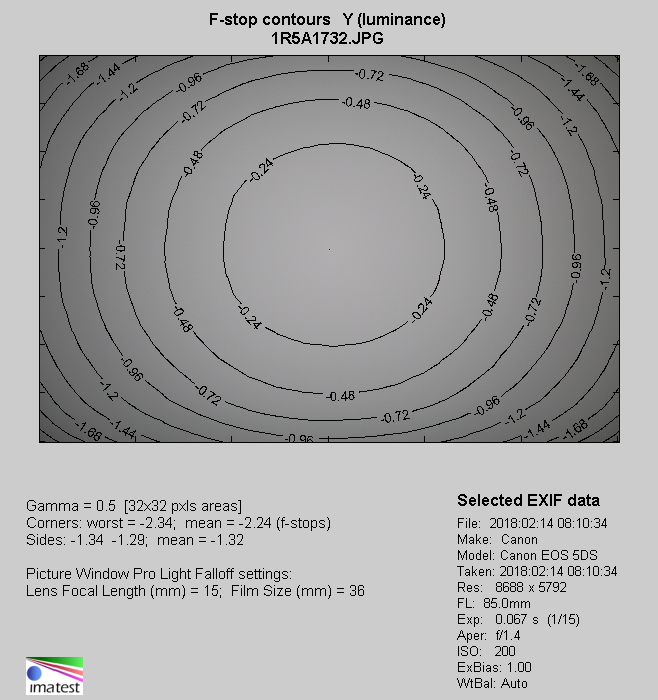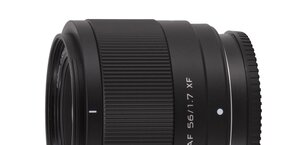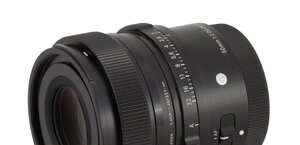Canon EF 85 mm f/1.4L IS USM
8. Vignetting
| Canon 50D, f/1.4 | Canon 50D, f/2.0 |

|

|
There are no reasons to worry. At the maximum relative aperture the vignetting amounts to 25% (−0.85 EV), and by f/2.0 it decreases to 10% (−0.29 EV). By f/2.8 that aberration becomes completely imperceptible reaching only 6% (−0.17 EV).
Please Support UsIf you enjoy our reviews and articles, and you want us to continue our work please, support our website by donating through PayPal. The funds are going to be used for paying our editorial team, renting servers, and equipping our testing studio; only that way we will be able to continue providing you interesting content for free. |
- - - - - - - - - - - - - - - - - - - - - - - - - - - - - - - - - - - - - - - - - - - - - - - -
Now let’s see how the situation changes after passing to full frame.
| Canon 5Ds, f/1.4 | Canon 5Ds, f/2.0 |

|

|
| Canon 5Ds, f/2.8 | Canon 5Ds, f/4.0 |

|

|
Here the vignetting is much easier to observe. At the maximum relative aperture it reaches 54% (−2.24 EV) – a value higher than 49% of brightness loss featured by the Sigma but also noticeably lower than the shameful 66% presented by the Milvus. Also by f/2.0 you won’t have any problem with noticing vignetting as it gets to 33% (−1.16 EV) at that point. A moderate level is obtained by f/2.8 where we got a result of 14% (−0.45 EV). The problem disappears practically completely by f/4.0 where the light fall-off is just 9% (−0.26 EV).
| Canon 5Ds, JPEG, f/1.4 |
 |






